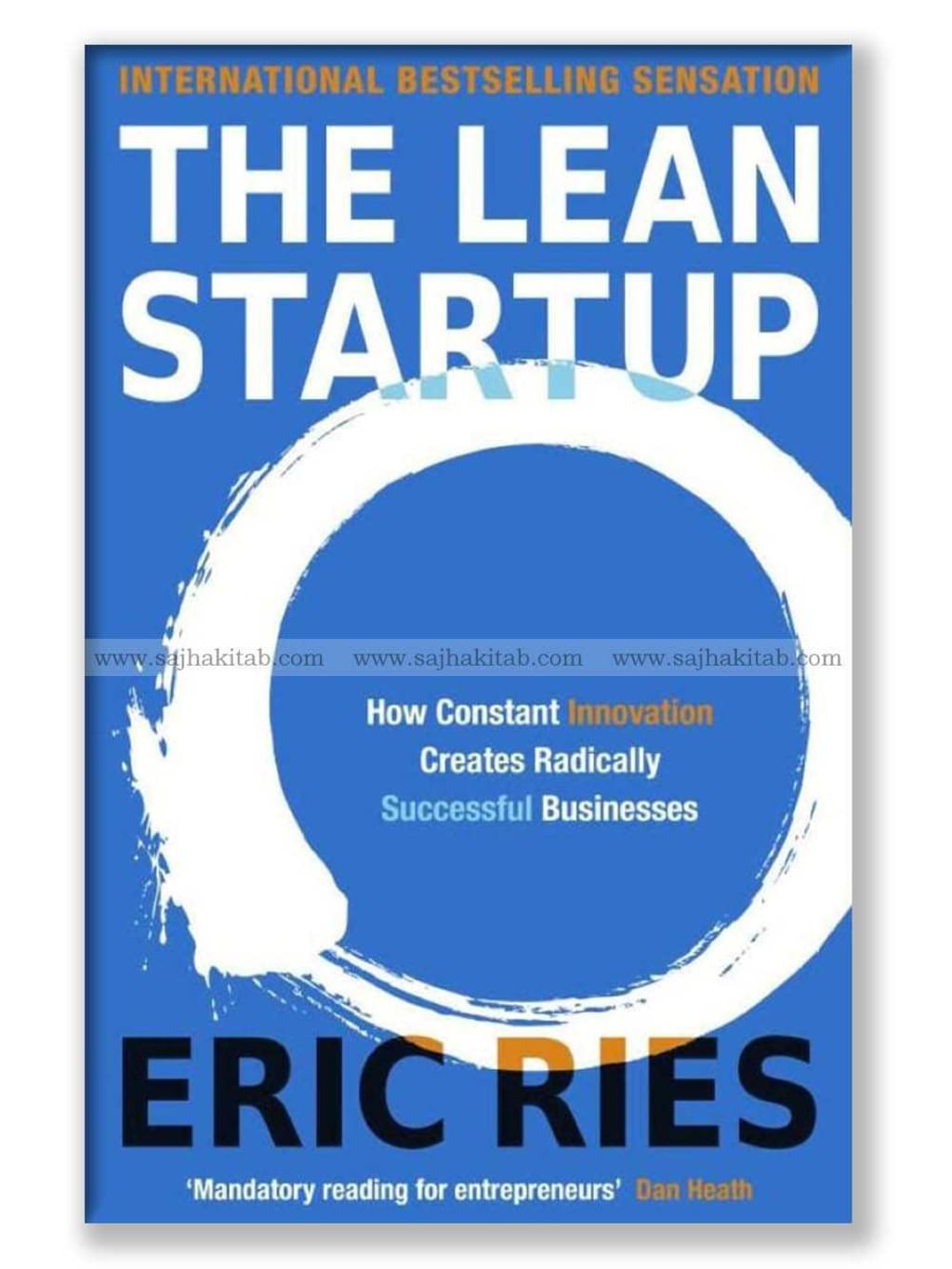The lean startup by Eric Ries-Book review
The lean startup by Eric Ries-Book review

After completing his studies, Eric Ries worked as a software engineer, co-founded a company, and was interested in the methods of lean manufacturing. In his popular blog Startup Lessons Learned and 2011 bestseller The Lean Startup, he explored the key principles of his approach.
In the third part, Eric Ries presents techniques that enable lean start-up models and companies to gain momentum and maintain their agility, learning attitude, and innovation culture. The Lean Startup offers an innovative approach to entrepreneurship and growth, drawing on his experience as a start-up founder to present a new approach to business and product launch. At the end of his book The Lean Startup: How Today's Entrepreneurs Can Use Continuous Innovation to Create Successful Business, Ries has listed some of the best events, books, blogs, and research findings to engage with.
If you are new to the Lean Startup Framework, it is the quickest way to learn about customer development and product/market adaptation. This book is a focal point for learning tools for customer development, minimizing product innovation and accounting, and brings together the science and art of product development and startup marketing. The book Lean Startup - How today's entrepreneurs use continuous innovation to create a radically successful business is an important read for any entrepreneur or entrepreneur to increase their chances of success and develop their original business model.
Lean Startup Model is a new approach to the development and innovation of new products that focuses on rapid iteration, customer insight, creative vision, and considerable ambition. The basic activity of a start-up is to transform an idea into a product, measure how customers react, learn and then orient themselves. A lean startup model is a pivot approach, a structured form of change that tests new hypotheses about a product or business model as an engine of growth.
Eric Ries focuses on the importance of building, measuring, learning, and feedback loops in the second part of the book. These loops are perceived as the core of the lean startup approach and are of great value to start-ups to save time and resources in developing products and adapting a start-up strategy to the product. The scientific method of building a sustainable business by minimizing the time it takes to reach the desired product to customers "hands provides a solid foundation for getting a start-up to understand, change course, persevere, and learn to grow as quickly as possible, without wasting development talent, energy and effort. The author focuses in the second half of The Lean Startup on the importance of building, measuring, and learning feedback loops.
He suggests that entrepreneurs enter the product development cycle by splitting tests and finding the most relevant indicators. On the one hand, it looks like I'm saying too much common sense, and of course, you can, but on the other hand, I feel that the lean startup of Eric Ries is groundbreaking because it simplifies a powerful technology and explains how to break the uncertainty that plagues many start-ups and impedes innovation in existing companies. Ries shows how to apply the scientific method of innovation, which is useful to test whether consumers are buying a product on a larger market.
Lean Startup Method aims to close this gap by introducing tools for customer development, minimal product innovation, and accounting. Rieß (work) argues that we have mastered the management of large companies and best practices for building physical products as a society, but have failed in innovation and startups. The incumbents look to their past to predict what the future holds in terms of market dynamics, customer behavior, distribution channels, product development, and resource allocation, while startups are largely unknown.
The Lean Startup introduces a scientific method of building a sustainable business that minimizes the time it takes for the desired product to reach customers' "hands". By following the principle of continuous innovation, it enables a product or company to adapt to customer needs and market development. This makes companies implementing the lean startup model more robust when they need to pivot, as they have the tools to think, validate, and learn about freedom of experimentation, MVPs, innovation accounting, accountable metrics, dynamism, and courage.
With an independent development authority, start-up teams must have full autonomy to think, develop, and market new products. For a product or service company, new innovations are an essential part of the definition. According to Eric Ries, the team must perform comparative tests and experiments on all parts of the product/service.
To test this hypothesis, Eric Rees suggests that entrepreneurs should produce minimally viable products instead of full-grown products. Minimum viable products (MVPs) are important to the lean start-up method because they facilitate the process of validation and learning as quickly as possible. It helps that this book is the result of his experience as a technology entrepreneur, which has lead to numerous invitations to advise companies of all types, from start-ups to Fortune 100 companies facing the same problems, on how to build something new.
It identifies how entrepreneurs define a start-up and formulates a new method for startups to assess whether they are making progress (so-called validated learning). The idea for The Lean Startup came from Eric Ries, a software engineer who graduated from Yale University and founded his new instant messaging company (hence the name). He discusses organizational design, product, and how to grow by applying lean startup principles from the proverbial garage to the world's largest companies.





Comments
There are no comments for this story
Be the first to respond and start the conversation.